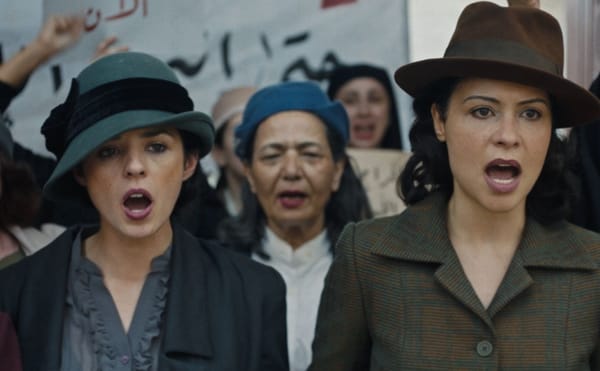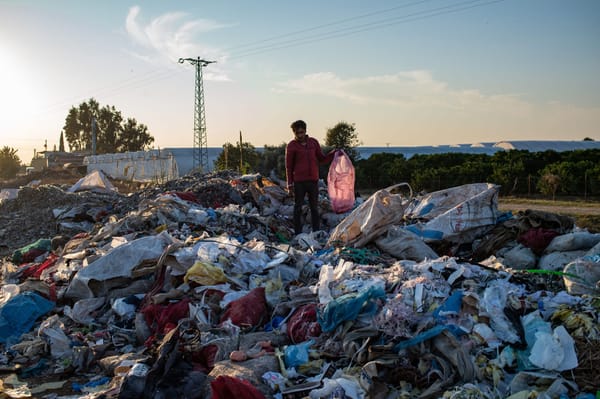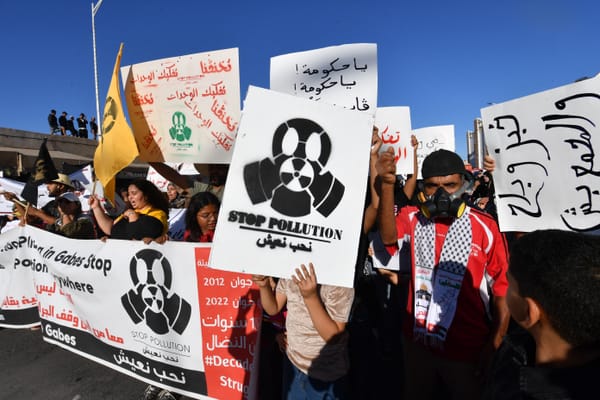Copts Under Mursi
Throughout his 2012 presidential campaign, Muhammad Mursi was keen to emphasize that he would be a president for all Egyptians, not just supporters of the Society of Muslim Brothers, and that he believed in equal citizenship for all, irrespective of religious affiliation. The majority of Egypt’s Cop









